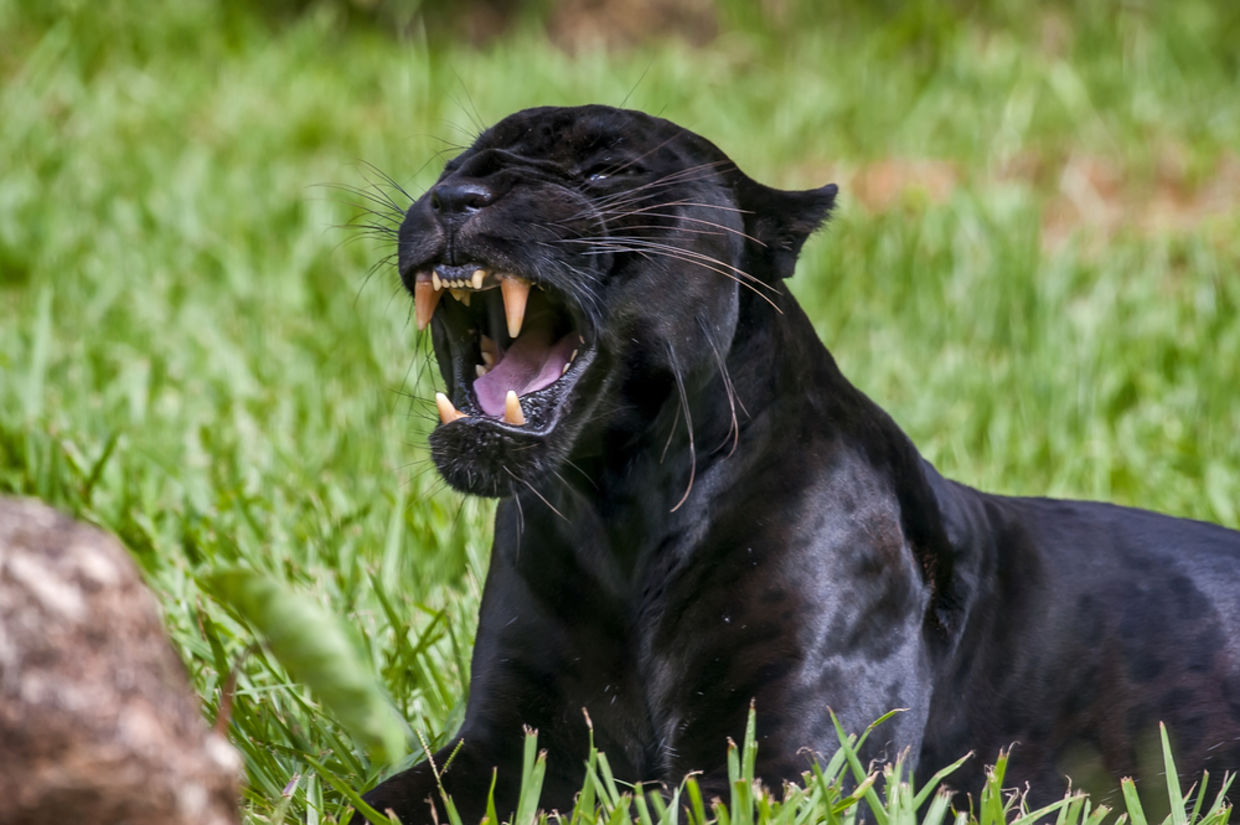
(Leonardo Mercon / Shutterstock.com)
Just eight years ago, Mexico’s jaguar population barely reached 4,000. Fortunately, some promising news came out recently about these big cats. According to The Second National Jaguar Census 2016-2018, Mexico’s jaguar population has risen up to 4,800, a 20% increase since 2010.
A consortium of 16 institutions and 25 academic groups teamed up to conduct the census. The World Wildlife Fund (WWF), Telmex Telcel Foundation, and the Jaguar Alliance collaborated with other researchers to install and monitor 396 remotely activated cameras triggered by sensors that detect the animals’ movements and numbers.
The increase in population is due in part to a conservation program launched in 2005 overseen by the country’s national park service and headed by Gerardo Ceballos of the Ecology Institute at the National Autonomous University of Mexico.
In a statement released by the World Wildlife Fund, Heliot Zarza, Vice President of the National Jaguar Conservation Alliance, explained, "the presence of jaguars ensures that these ecosystems function, by controlling the population of herbivores, and is also an indicator of the ecosystems' good health."
Habitat destruction, illegal hunting, wildlife trade, and conflict with livestock farmers have driven the jaguar population toward extinction. Those threats extend beyond Mexico’s borders, however, and currently, the government of Mexico seeks to create a tri-national protection area for jaguars in the southern jungle regions of Guatemala and Belize. In addition, a UN agreement signed by 14 Latin American countries in March 2018 will also foster the survival and regional conservation of jaguars through to 2030.
The jaguar, the largest feline in the Americas, can weigh up to 100 kilos (220 pounds), though the ones found in Mexico rarely weigh more than 60 kilos (132 pounds). The black-spotted jaguars live in 18 countries throughout North and South America with 90% living in the Amazon. Around 64,000 jaguars still live in the wild, but still remain on the International Union for Conservation of Nature’s list of “near-threatened” species.
Although the jaguar remains on the list of endangered species, the recent census shows promise of restoring the jaguar population in Mexico and surrounding areas. Ceballos, who also serves as President of the National Alliance for Jaguar Conservation, spoke at the International Symposium on Ecology and Conservation of the Jaguar in Cancún, Quintana Roo. He explained that their coalition aims to “have 7,000 or 8,000 jaguars throughout the country” in the near future.
He added, “If we continue with the conservation actions of recent years, I estimate that we will achieve it in the next three or four years. By doing that, we’ll remove the jaguar from the list of animals in danger of extinction."
YOU MIGHT ALSO LIKE:
Snow Leopard Populations Are Finally Making a Comeback
These Wildlife Bridges Are Saving Animals All Over the World
7 Animals Native to Canada That Aren’t Polar Bears






